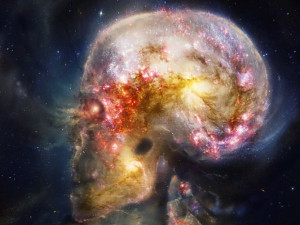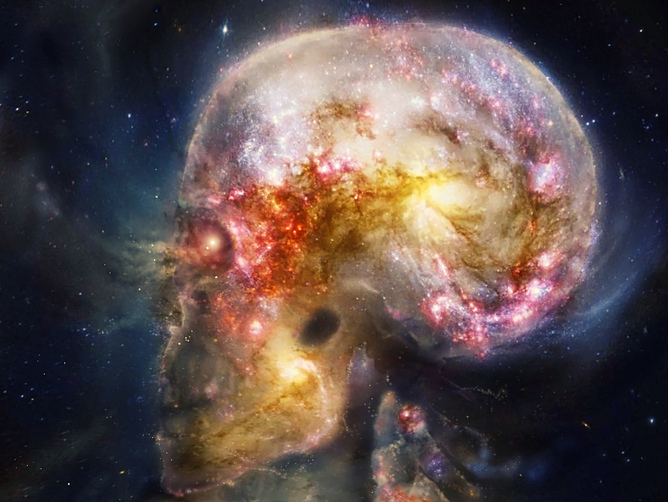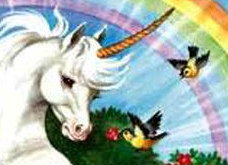There is plenty of promise held in the future’s tightly clenched fist, and I look forward to prising those surprises from its grasp as the years unfold glorious and slow.
I want to explain a concept i have had lately. I would like to introduce a thing I call a “belief sphere”, which occupies the space beyond the horizon of our understanding. This unexplored vast space is by definition unknown, and so is able to contain any idea or thought that you can posit. It contains all the crazy Flying-Spaghetti-Monster type theories, the amusing thoughts and mental daydreams which do not seem to belong to reality. It is of course infinite in size, as there is nothing that cannot be fitted into it. In fact what i am describing simply resembles the imagination. I have been thinking about how to define it for a long time, because i think it has its own ‘reality’ and is also composed of a few different elements.
Anyway the first point is that even though this space is continually encroached upon by progress in knowledge, the accrual of ‘new knowledge’ it always remains whole and intact. It cannot ever be lessened or dissolved, for even if every possible phenomena was known, that knowledge cannot ‘know’ itself, so there remains a bit of ‘left over’ knowledge still to discover (a bit like several paradoxes such as godel’s theorem make clear). Also, if theories obey the law of Occams razor and so must take the most efficient route in explaining phenomena, it implies that something is left out. So perhaps the only complete theory is also the most complex, and in fact occupies the entire fabric of the reality it explains – and so is in fact that reality (I wrote a poem about Occam years ago).

Image courtesy of t.abroudj on flickr
I tend to think that reality is fractal, so that it is possible to grab a small part of it and generalise upwards, but it gradually becomes imperfect the further up you generalise. So you have to grab a larger chunk of it to make a better generalisation, a better theory. Ultimately though, the only perfect way to describe reality is to grab the whole thing. This explains why theories are getting more and more complex generally – there is nothing wrong with that – it is just the same as how our tools and technology are getting more complex and operate at finer and finer tolerances in order to do their work for us. Theories are like tools – in fact they are inseparable from the tools of experimentation. Fractals have simple equations underlying their complexity, but chaos theories explain that if you want to find the reality of a precise location you need to do a lot of computation – you basically need to a computer as big as the universe to do the whole thing, and it will take all of time to run the program. We need to somehow step out of the system and just observe it as it is.
The problem of induction seems to be a problem with time, and the fact that our brains don’t experience it completely, but rather are drip-fed the reality of it day by day. So we can never know what is just around the corner – even if we recognize a pattern and can make guesses about the future, it is never certain, because patterns can change suddenly and chaotically. This is not a problem in the natural world because we can see a shape in its entirety and say “that is a circle” – end, i suppose, of story. But when we want to say ‘the sun will rise tomorrow’ even though we have a fairly established pattern, there is no knowing because we have not experienced tomorrow. If on the other hand we were eternal beings that could step out of time as freely as stepping out of a river, then there would be no problem with making such a statement – the knowledge would be there simply by looking at the reflection in the water.
I read an interesting article in the Guardian yesterday about the work of Sam Parnia in resuscitation, and his thoughts about the nature of mind as distinct from brain/neronal activity. He states that “Even prominent neuroscientists, such as Sir John Eccles, a Nobel prizewinner, believe that we are never going to understand mind through neuronal activity”.
This clicks with me. To clarify, I believe that mind is something that is eternal and can experience the past and future, as well as different life trails (see this earlier post for a bit of a mashed up description of this idea). There are lots of people who believe this in some way or other (read some of the comments on the Guardian article to get a few). The problem is that these days, unless we are ok with being crazy, we need to justify our beliefs in terms of scientific truths. But does this take us back to the first paras of this article, where the justification of such justification is itself a belief, and one built through flawed inductive reasoning at that? So there is a problem here, if we want to put an eternal mind inside the same ‘system’ as ordinary reality. I don’t think it can be resolved through simple scientific proofs.
However there might be a test – if we become able to read images out of the mind (and there are already successful attempts out there at doing this) then it might be possible to pick up something from this ‘belief sphere’ – of course there will be loads of stuff from the past, i.e. memory. loads of stuff that is just ‘imagination’ but there should also be stuff which turns out to be from the future. Sifting it all out is the problem. I personally have had impressions of future events which strike me as being sound and true – but proof seems hard to attain through metrics. Instead, it might come through capturing images, if these can be resolved out of the mind somehow. It might not be ‘proof’ in an ordinary sense, but if it could be shown to resonate sufficiently deeply, then we might have something tangible for people to accept as true.
Flarf has got a bit of press lately with the inclusion of some flarf poems in Norton’s 2nd ed of Postmodern American Poetry. There is a really gratuitous and amusing discussion going on about it on htmlgiant. I was reading this at the same time as i was reading a paper about the Devonian Hodgkinson Formation in Norther Queensland, and imagining Conodont faunas swimming in ancient red sandy bottomed lakes (my Ettrema trip was primarily to visit a contemporaneous Devonian reef on Jones ck). Anyway the whole lot got smashed up in my mind and all evening i had this sensation like I was observing things through a blue stained glass window, like a petrographic thin section, a matrix of intergrown materials which do not exactly coalesce or form a solid solution but have to live alongside each other somehow in my brain. Like a flarf poem cut and pasted together, or winnowed down through selective deletion.
And this sensation, of chaotic interlinking but distinct objects forming a translucent window, this to me is what a slice of time looks like when you hold it up to the light of eternity. That is when events and ideas have distinct shapes which can be mapped and known for what they really are. It’s just an image but it captures a truth for me.

